As President Donald Trump prepares to tour wildfire damage in California, he is focusing on one of his frequent targets of criticism: state water policy.
Since the fires broke out on January 7, Trump has used social media and interviews to blame the state for sending too much water to the Pacific Ocean rather than south toward Los Angeles, as well as highlighting how several hydrants in Pacific Palisades ran dry in the early hours of the combat.
In the early hours of his second term, Trump directed federal authorities to develop plans to divert more water to the crop-rich Central Valley and heavily populated areas in the state’s south. Two days later, he threatened to withhold federal disaster relief unless California authorities changed their attitude to water.
Here’s a look at the facts underlying Trump’s remarks and the president’s ability to influence California water:
Where does Southern California’s water originate from?
In general, the state’s water is concentrated in the north, whereas the majority of its population lives in the drier south.
Los Angeles, the nation’s second-largest city, relies on water from other sources. Meanwhile, the comparatively dry Central Valley is home to fertile soil that produces a large portion of the country’s fruits and vegetables.
Rain and snowfall from the mountains in the north are channeled and routed south via two complex dam and canal systems. The federal government manages the Central Valley Project, while the state of California operates the State Water Project.
Both convey water through the Sacramento-San Joaquin River Delta, an estuary that supports fish and animals like as salmon and the delta smelt, which Trump is fascinated by.
According to the Metropolitan Water District of Southern California, a regional water wholesaler, local sources such as groundwater account for almost half of Southern California’s water supply. Metropolitan obtains the remainder of its water from state sources and the federally regulated Colorado River system.
The Los Angeles Department of Water and Power also operates its own aqueducts, which collect water from the eastern Sierra Nevada.
What can Washington do?
Federal officials choose how much money is sent to the delta to safeguard threatened species and how much goes to Central Valley Project users, primarily farmers. That project does not provide water to Los Angeles.
Caitlin Peterson, a research fellow at the Public Policy Institute of California’s Water Policy Center, believes that state officials would adhere to the same environmental requirements.
Typically, federal and state officials work together to operate these networks.
The delta connects inland waterways to the Pacific, and keeping some water flowing across it benefits both fish populations and the canal.
However, Trump and others argue that the state diverts too much water to the ocean instead of towns and farmland.
What previous efforts did Trump take to address California’s water policies?
His previous administration permitted more water to be diverted to the Central Valley and away from the delta. Environmentalists opposed it, claiming it would harm endangered animals.
Governor Gavin Newsom filed a lawsuit, claiming that the rules would push endangered fish species to extinction. Concerns were raised about the tiny delta smelt, which is considered an indicator of the waterway’s health, as well as chinook salmon and steelhead trout, which return from the Pacific to spawn in freshwater rivers.
In December, then-President Joe Biden’s government released its own standards, which environmental groups claimed were small improvements over those of the first Trump administration.
What is Trump’s current position?
He has continued to challenge how California’s water is managed. Last year, on his Truth Social platform, he condemned the “rerouting of MILLIONS OF GALLONS OF WATER A DAY FROM THE NORTH OUT INTO THE PACIFIC OCEAN, rather than using it, free of charge, for the towns, cities, and farms scattered all throughout California.”
Such remarks raised the morale of many Central Valley farmers and water managers, who claim federal water allocations have been excessively restrictive in the last two years as heavy rains have boosted reservoir levels. A series of strong storms in 2023 helped California recover from a multi-year drought, but dry conditions have begun to reappear in the state’s central and southern regions.
Trump has once again urged the federal government to divert more water through the system it controls to farmers and communities.
What does all of this have to do with the Los Angeles wildfires?
Not much. The farms-versus-fish dispute is one of the most common in California water politics, and it does not usually follow party lines. Some environmentalists believe Newsom is overly favorable to farming interests. However, this discussion has nothing to do with Los Angeles’ water problems caused by fires.
Trump has proposed that state officials “turn the valve” and supply more water to the city. However, state water sources are not to blame for drained hydrants or an unfilled reservoir in Pacific Palisades.
The hydrants were overstressed, while the Santa Ynez Reservoir was empty due to repairs.
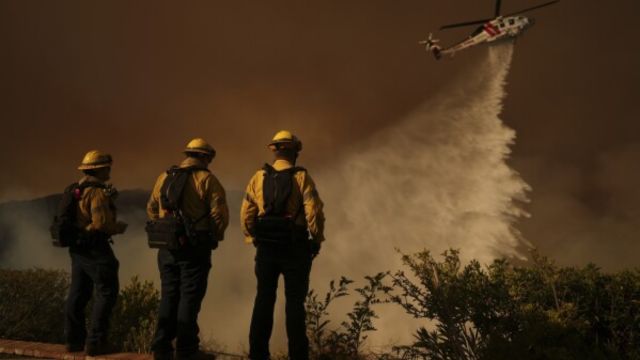
Newsom has asked for a review into how the Los Angeles Department of Water and Power handled both problems.
The Metropolitan Water District of Southern California has enough water in storage to cover three years’ worth of demand, according to Deven Upadhyay, the agency’s interim general manager.
“We can deliver what our agencies need,” he told me.
According to Upadhyay, the Trump administration’s decision to send more water to system users will not necessarily benefit Los Angeles.
Unless there is collaboration between the federal and state systems, increased federal pulls from the delta may compel California officials to reduce allocations to towns and farms to safeguard the waterway, he said.

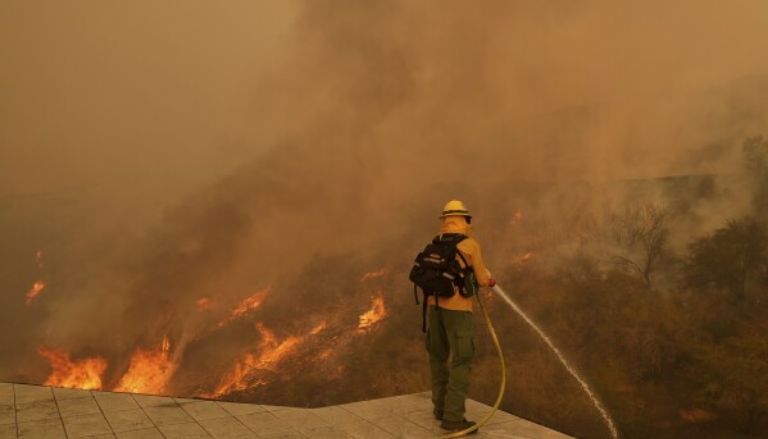
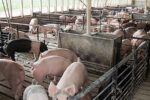

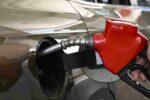
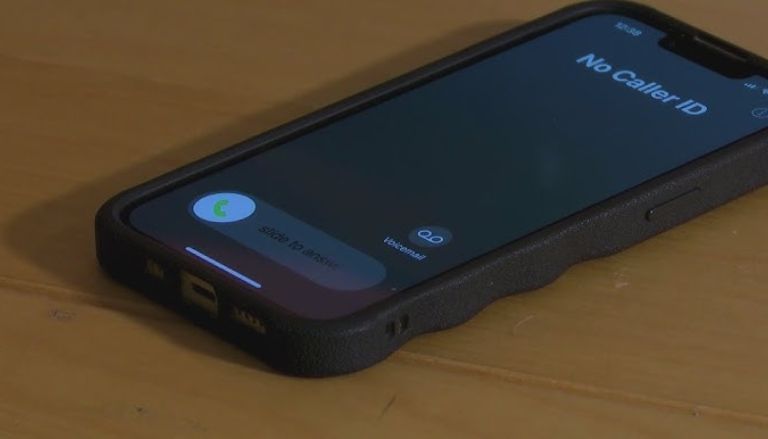
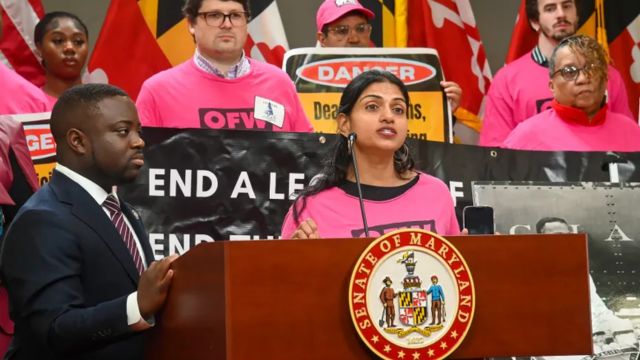
Leave a Comment